July 30-August 5, 2023
More summer doldrums
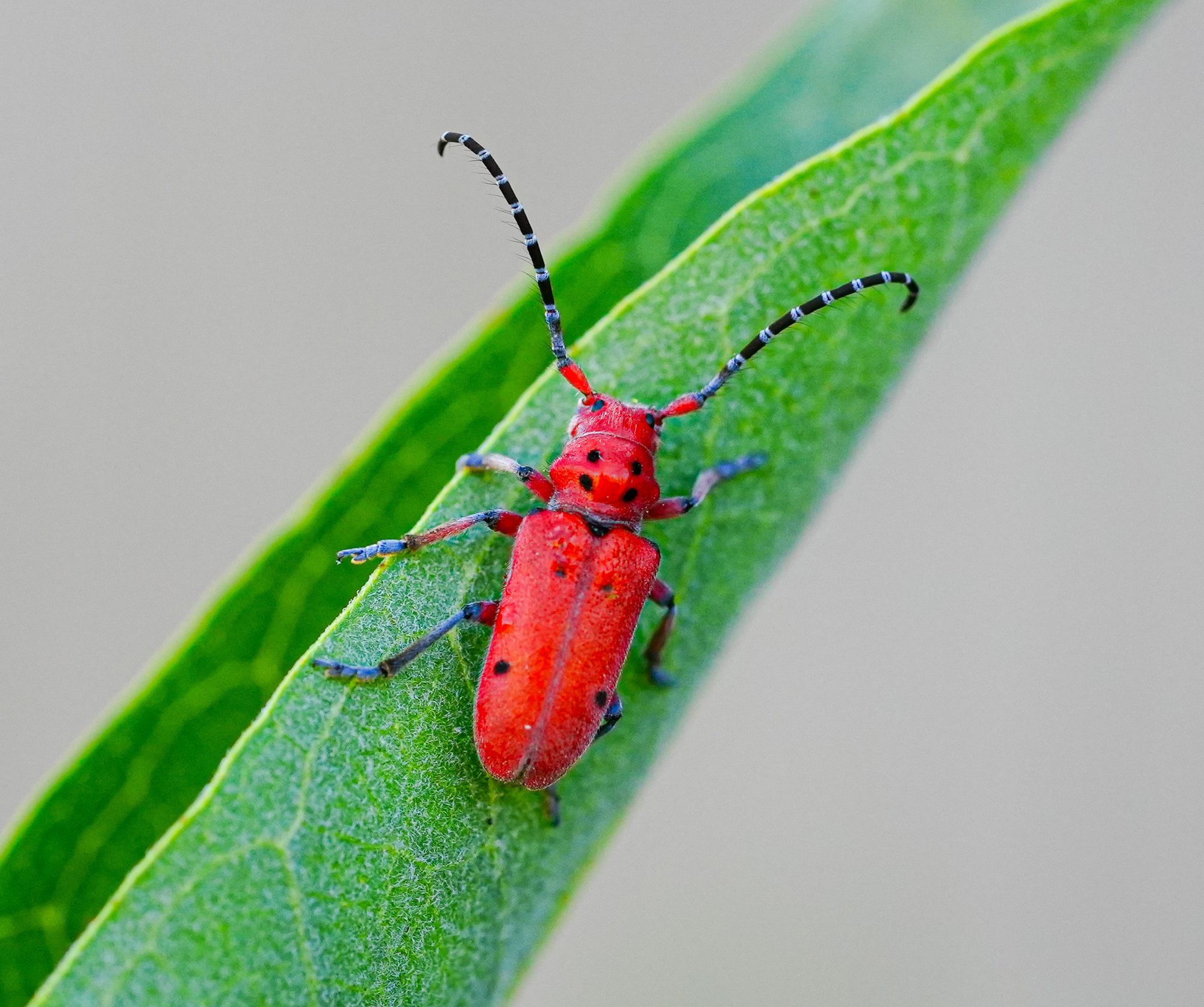
Yes, the days are unrelentingly hot and sleepy—but is anything else going on?!
Week in Review
It always feels like summer to me when there are a handful of gulls sitting in the middle of Big Twin Lake. Once in a while this small group of gulls flies around in a circle, calling so it sounds like we're at the ocean, or they move to the floating dock at Big Twin Lake Campground, but it seems like they hunker down in the heat as much as we do.
But then, in the evening, when things cool down, a few common nighthawks start flying high overhead. And one evening in the dusk I even spotted a nighthawk flying low over the tops of the bitterbrush. These nocturnal, insect-eating birds are the first birds to migrate south so I document every observation, waiting to record when they depart.
I've also been paying close attention to the buckwheats. It seems like tall buckwheats have been flowering for close to two months now, and I'm wondering if anyone knows how long they flower? This reminds me that next year I want to write down the dates when they start and stop flowering.
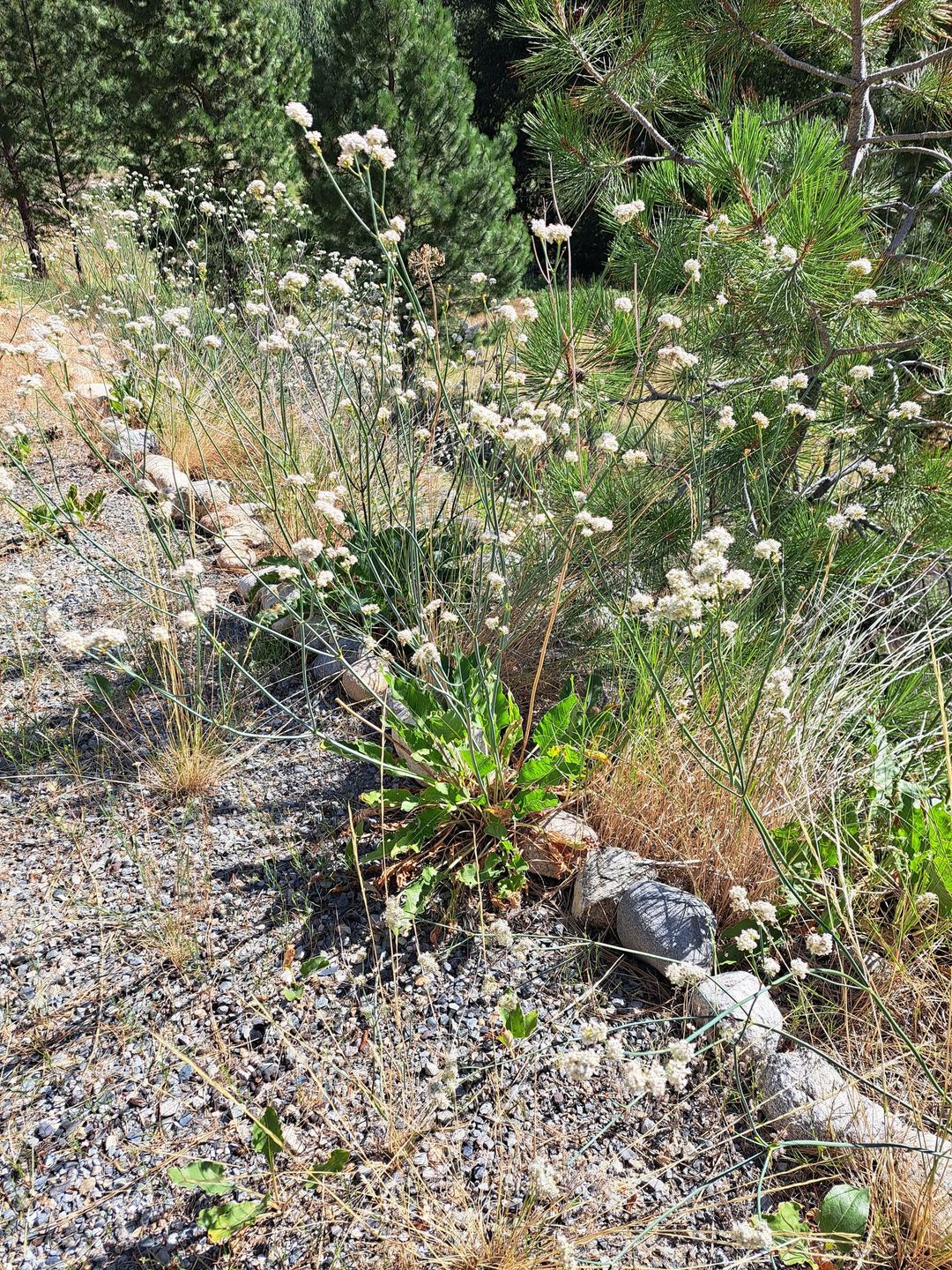
At the same time it's hard to tell what's happening with the snow buckwheat this year. In previous years, they have carpeted the dry hills with clusters of tiny white flowers, but so far this summer it seems like only a handful of plants are blooming while most of them are not blooming. Either this year is a bit of a bust, or a lot more are going to start blooming sometime soon—I can't wait to see how this plays out.
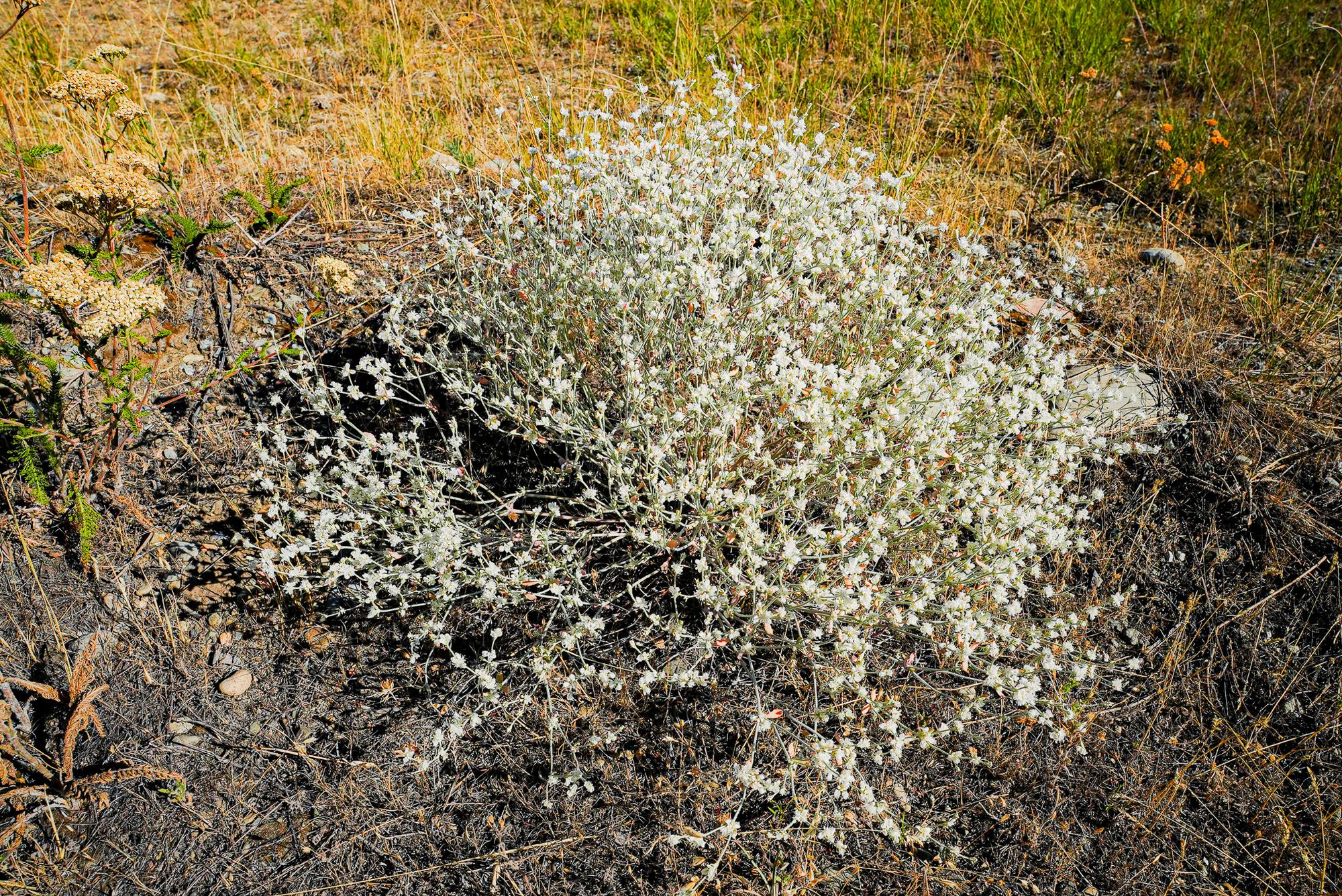
On the insect front, we're all probably getting tired of the grasshoppers as they grow larger and become more of a nuisance. Our cats keep bringing them into the house and, even as I write this, dozens are clinging to the shady sides of the posts on our porch. I try to imagine them as beneficial food for birds and other animals, but I don't think many birds eat them when they're this big!
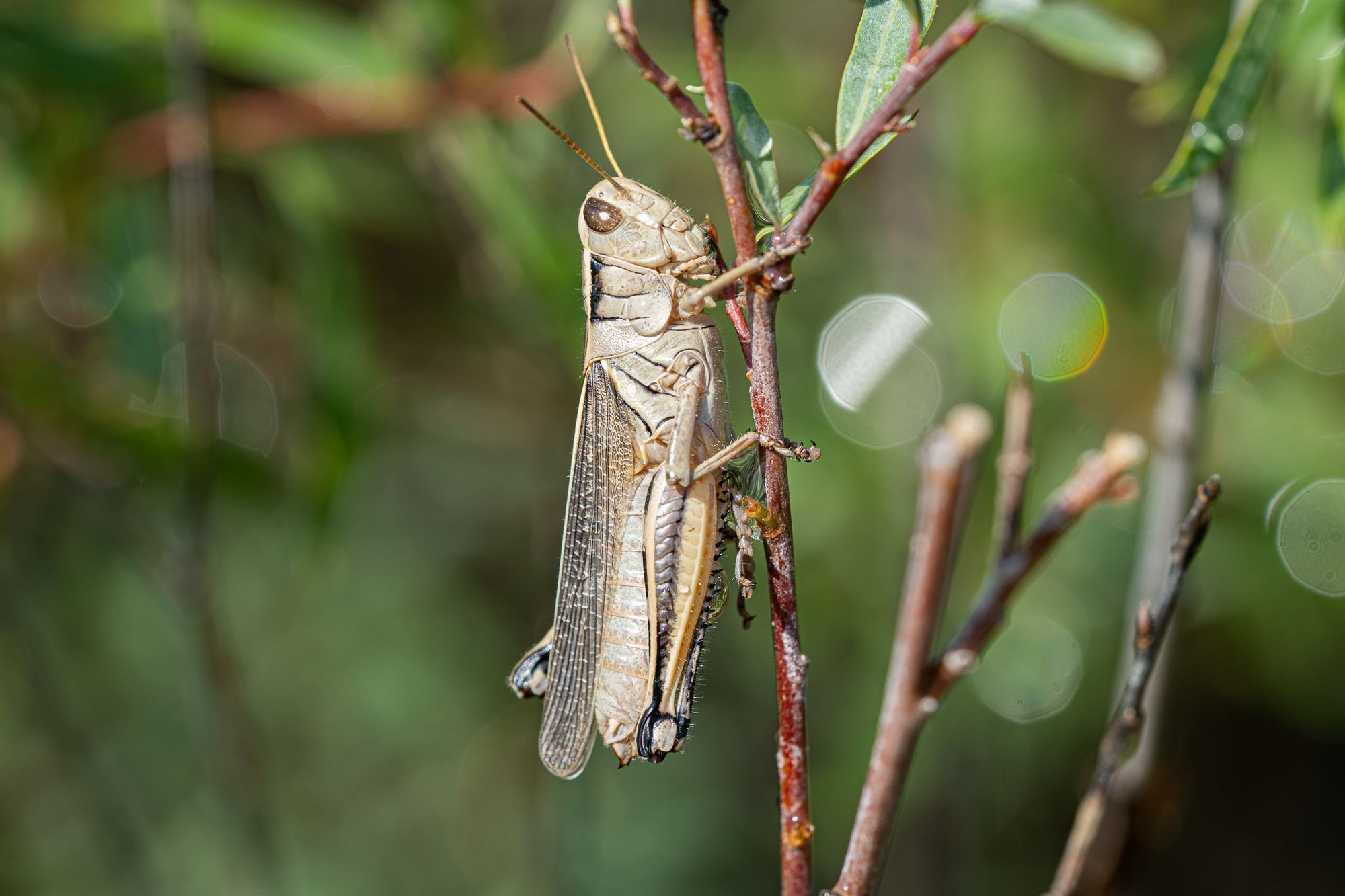
The one truly delightful insect of summer has to be dragonflies. It's astonishing to watch them darting around the edges of lakes and rivers this time of year, especially in the late afternoon when their gauzy wings are backlit in the sun. This is an important time for dragonflies to find mates and lay eggs so they are quite active right now.
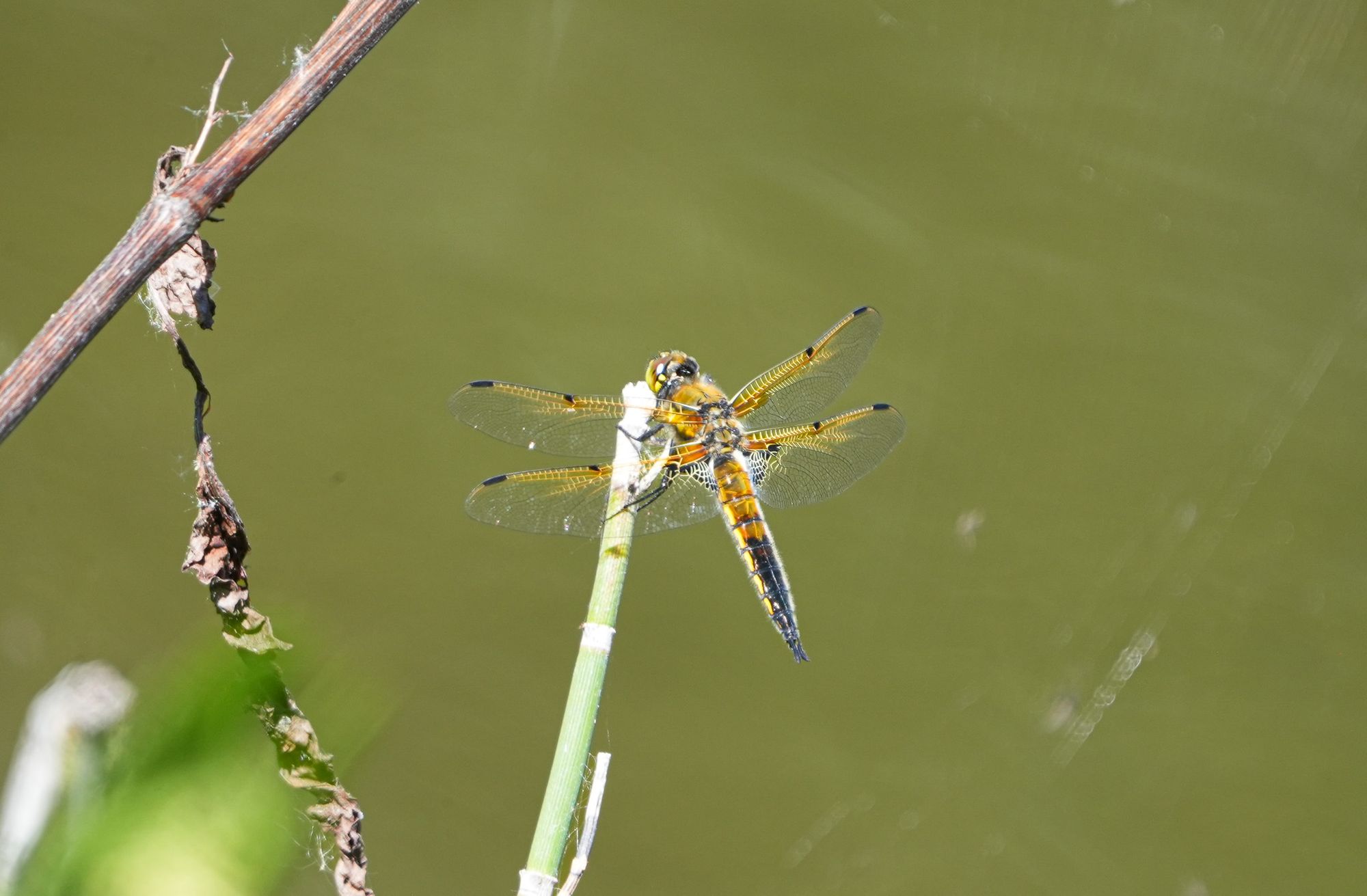
Careful observers can also use this time of year to look for animal tracks in the dry dust of trails and roads. If the dust is fine enough you might even spot the footprints of tiny insects and arthropods, which is like discovering a small magical world. It's worth slowing down and taking a closer peek the next time you're out walking.
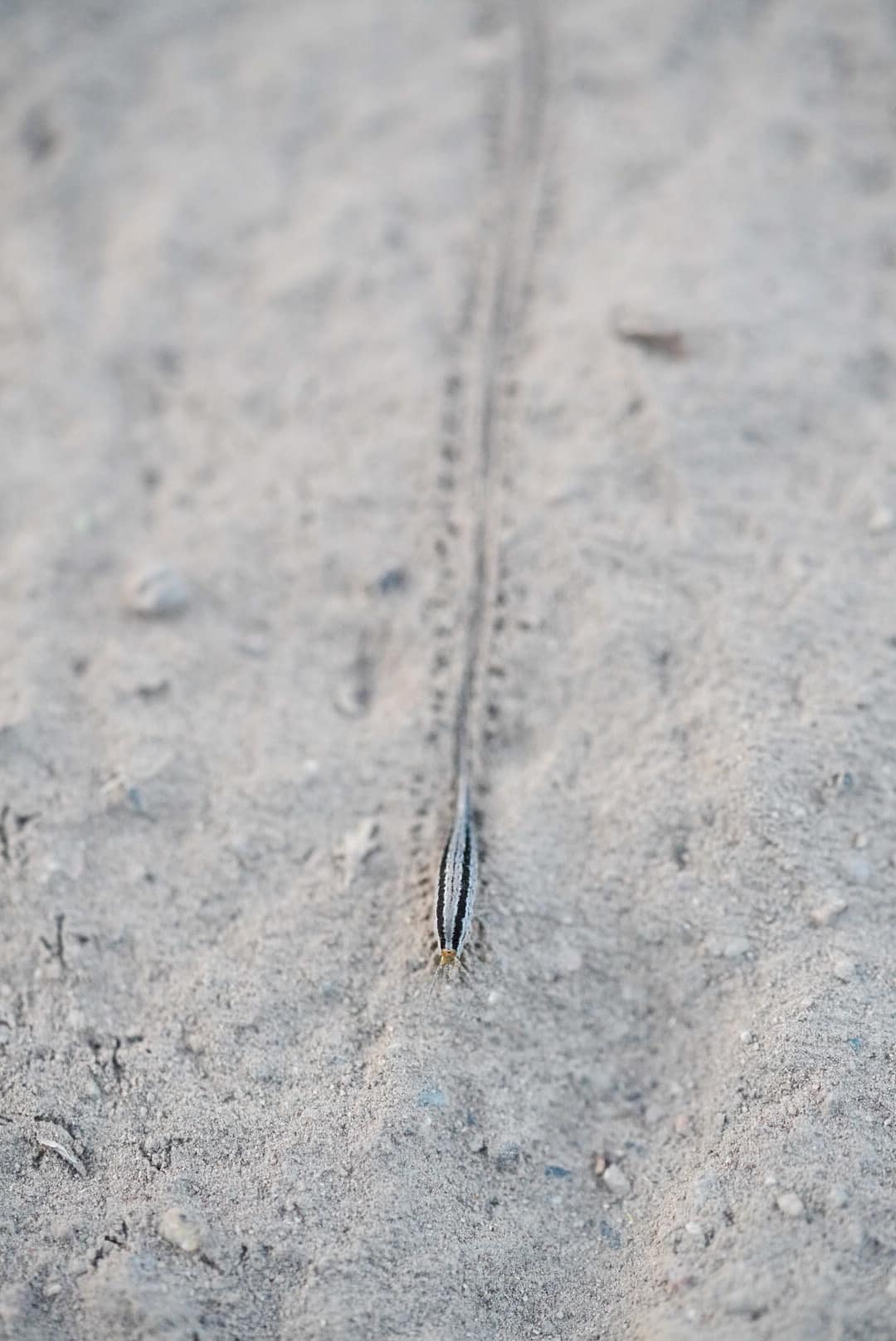
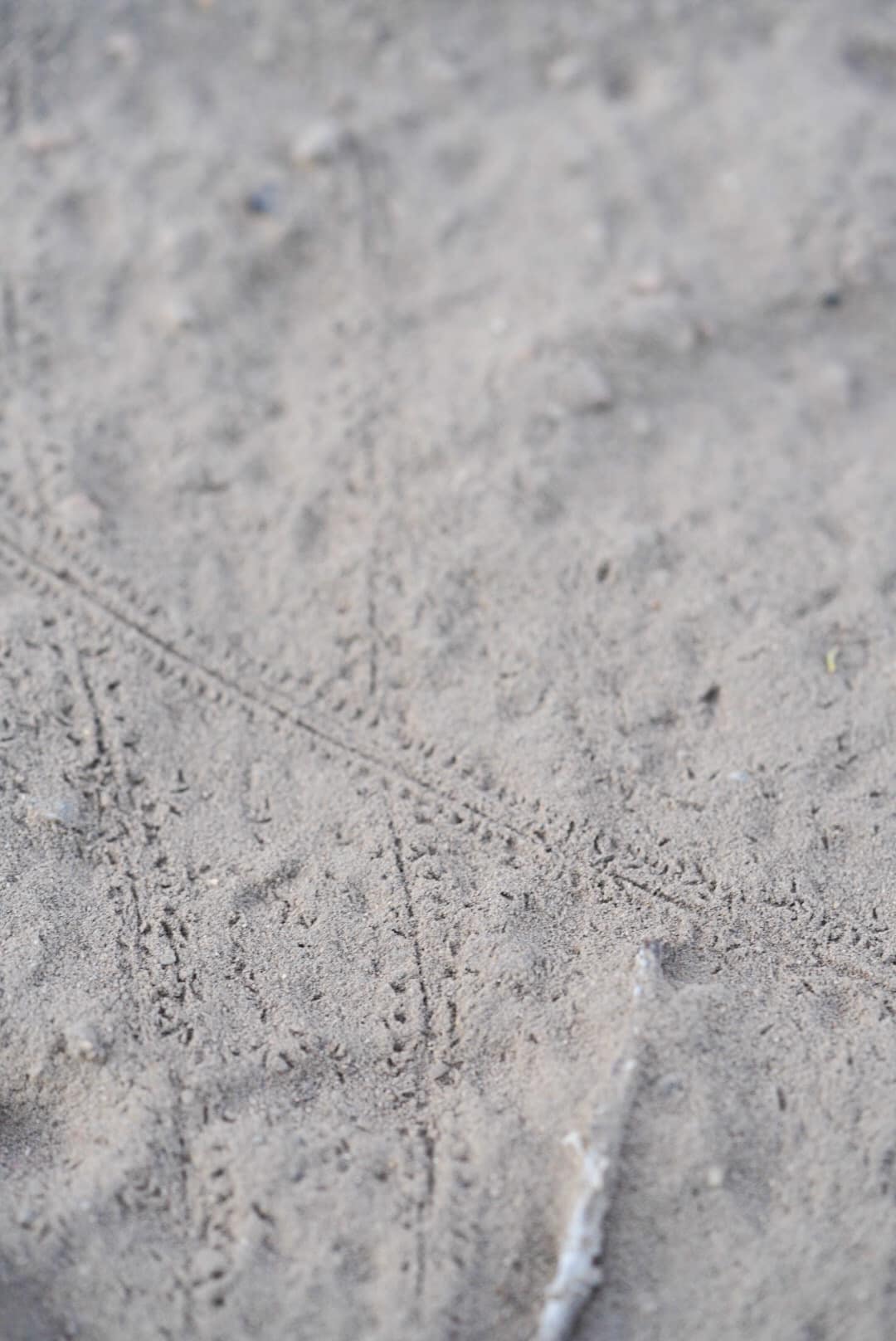
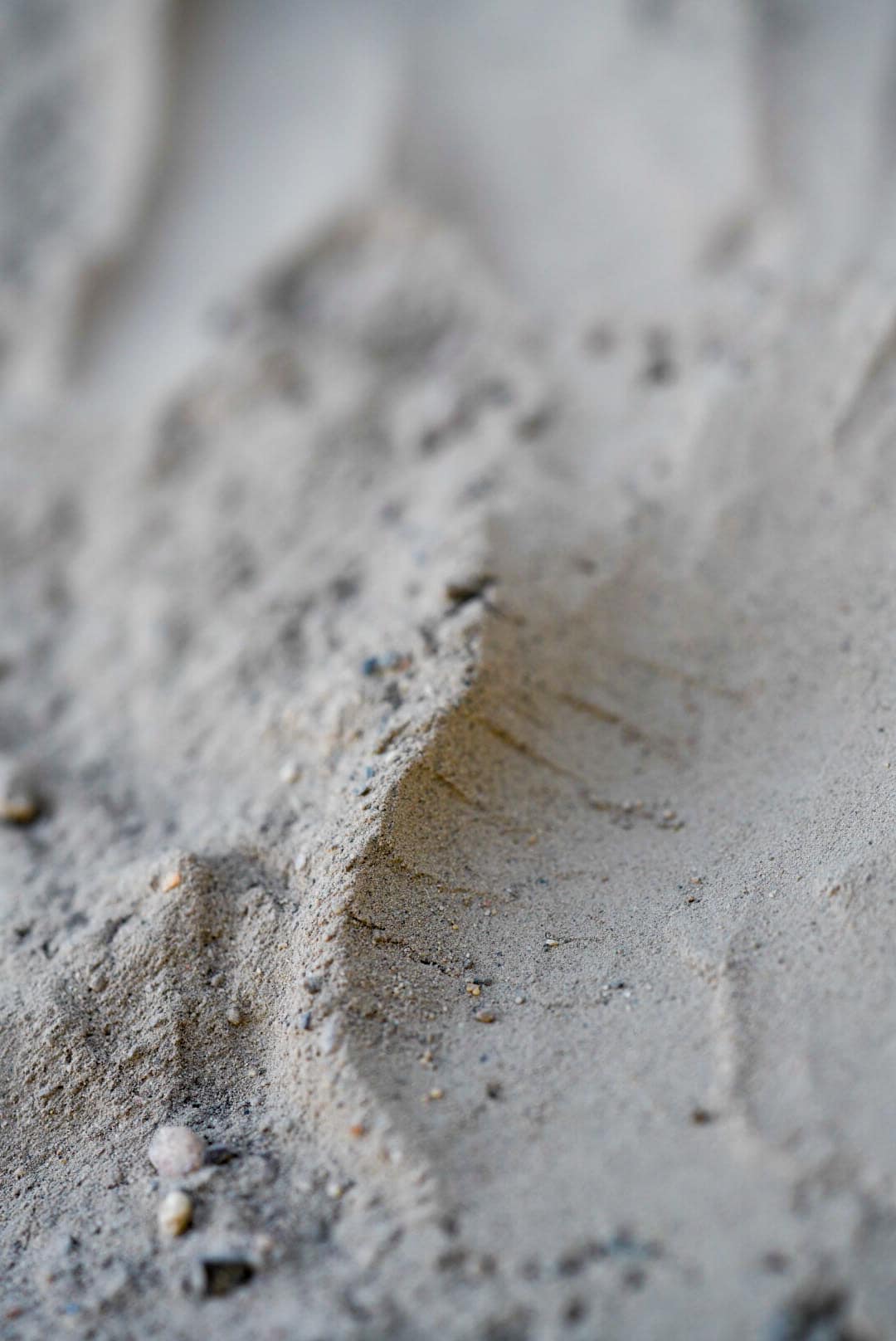
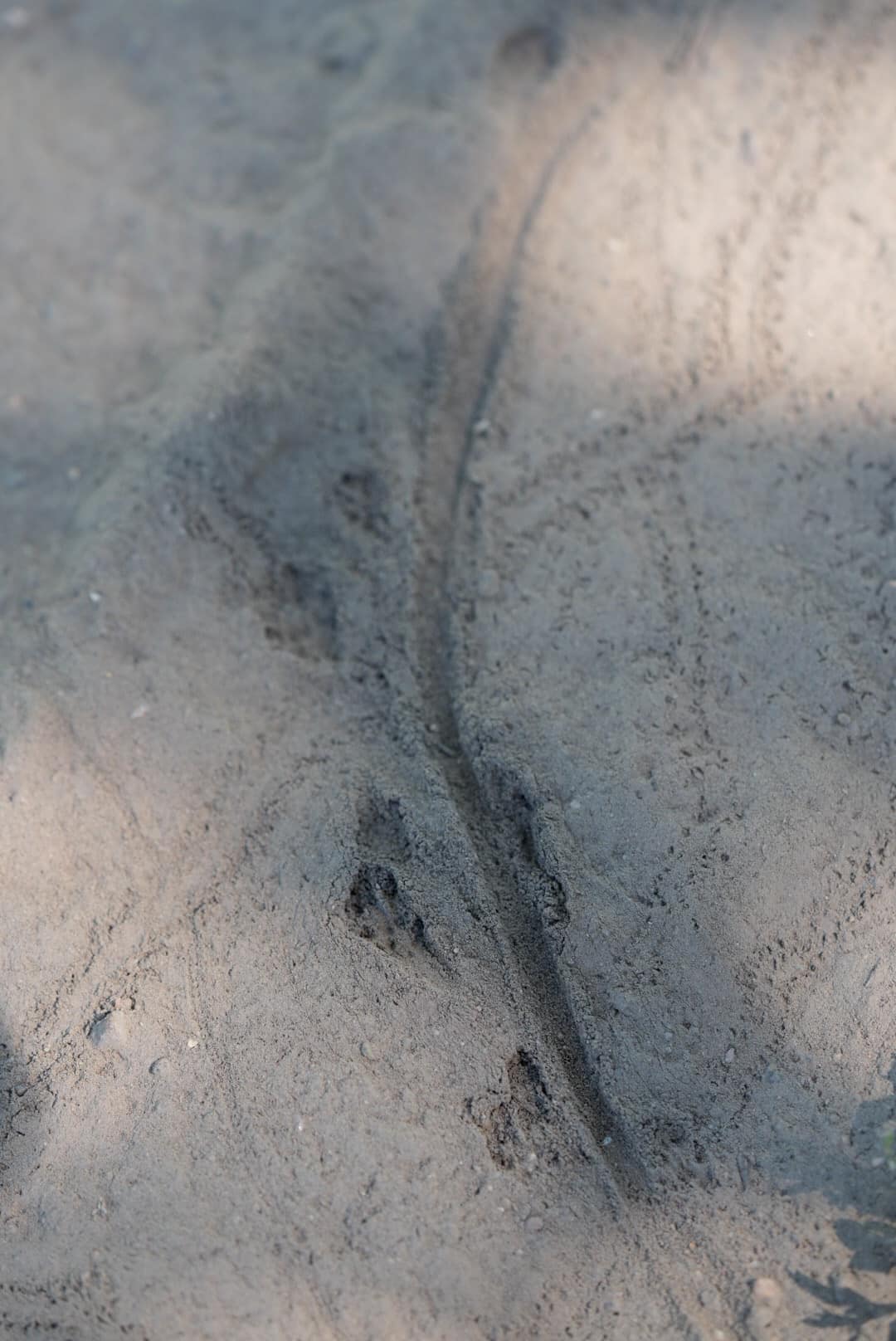
Observation of the Week: A Challenge
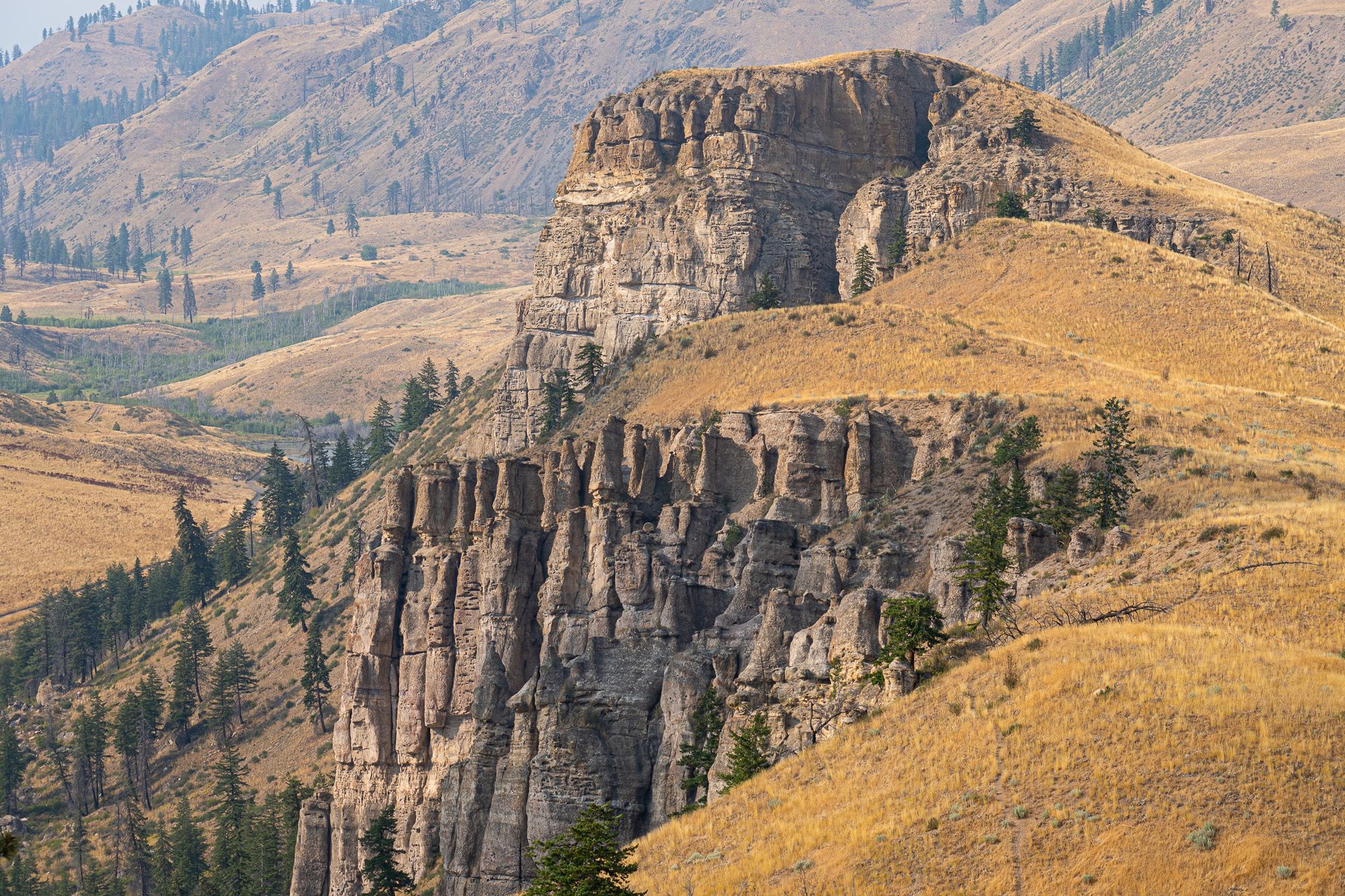
Each week, I pay close attention to the Methow Nature Notes group on Facebook, both to monitor the content, and to get a sense of what's happening with the plants and animals so I can write about them in that week's newsletter.
However, judging by the posts this week, it doesn't seem like there's a lot happening around the Valley right now.
This poses a fantastic observation challenge: During the times of year when it seems like nothing is going on, what can we notice about the natural world?
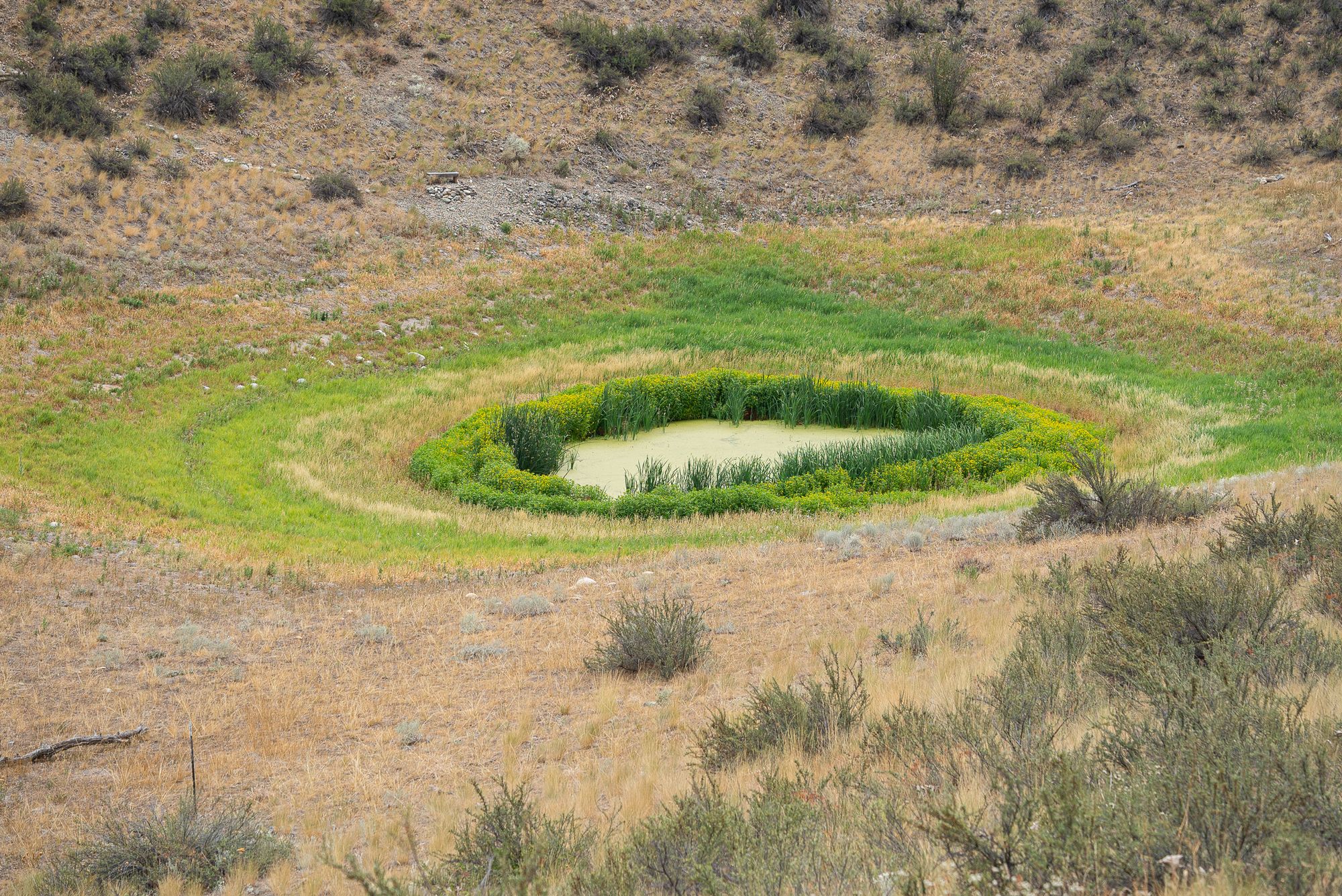
Birds, mammals, insects, and even some flowers are still here in the landscape and they're still actively engaged in some phase of their seasonal life cycle—it just might take a shift in perspective to notice what's going on.
In spring and early summer, it's easy to walk outside and be immediately dazzled by the buzz of activity. But in the lazy, sleepy heat of mid-summer there's no buzz and you have to work much harder to find plants and animals going about their lives.
For example, most plants have shifted from producing showy flowers to putting their energy into ripening seed pods, and the stages of those seed pods can be fascinating to track over the weeks of summer.
This is also an important time for nearly-mature caterpillars getting in some final nibbles before entering their pupal stage, and these caterpillars might only be active at night to avoid the heat and predators. What would you find if you looked for caterpillars at night?
This is also a time when tadpoles are emerging as tiny frogs and toads from local ponds, and the baby birds of springtime are all still here, somewhere in the landscape, quietly fattening up and preparing for migration.
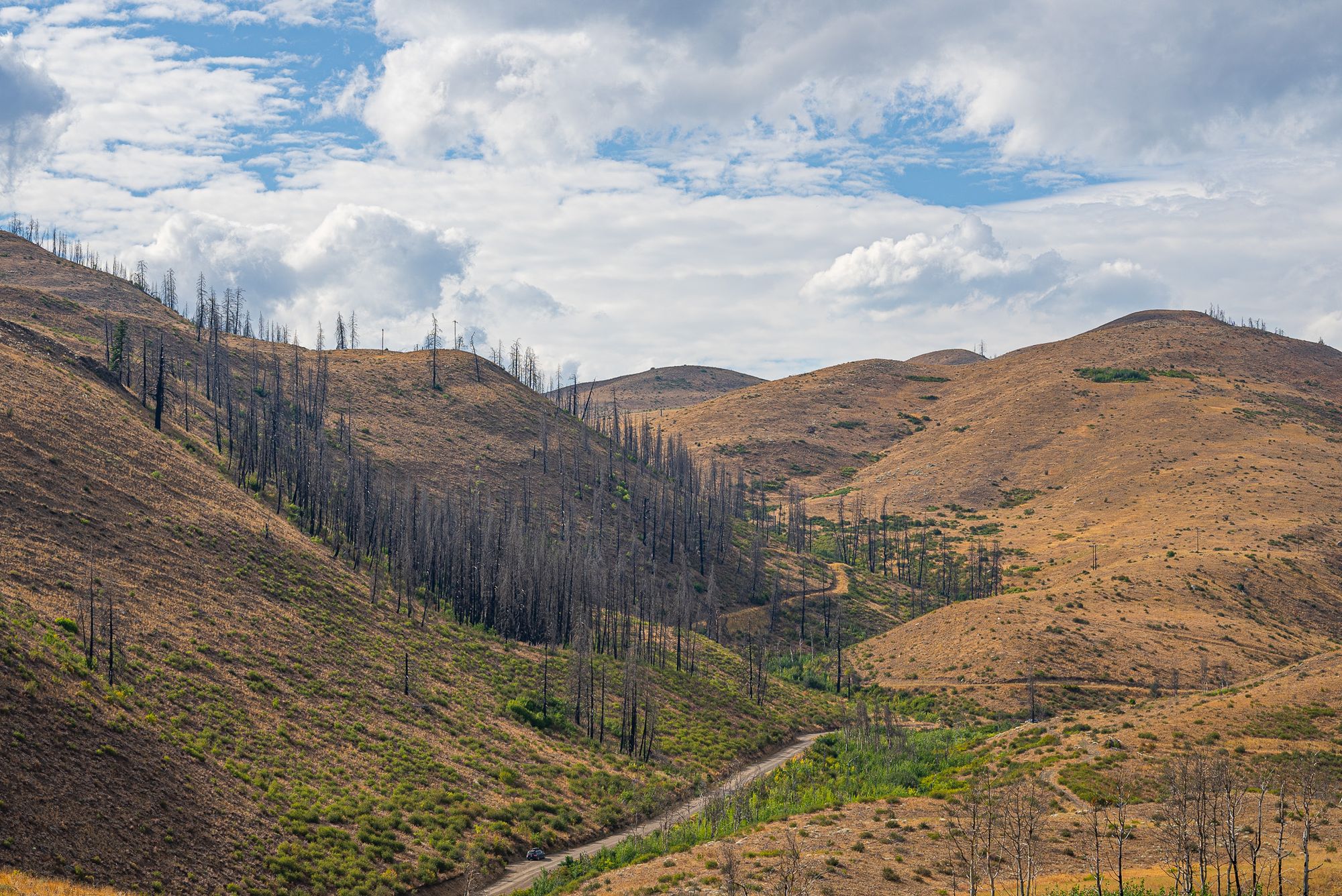
I honestly don't get out often enough or push myself when the days are this hot, but a challenge like this inspires me to look more carefully. There's a lot going on out there, we just have to learn how to notice it.

